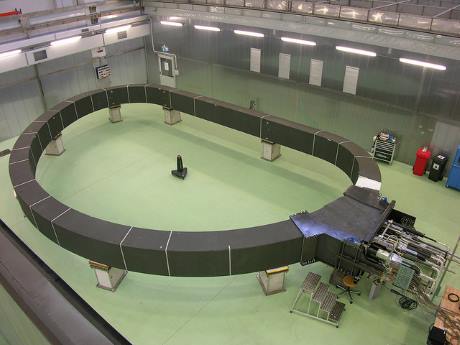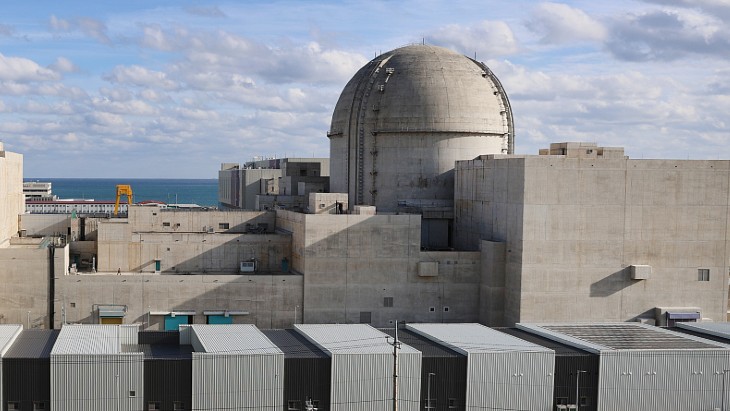The first of 18 toroidal field coils has been made in Europe. Gigantic superconducting magnets, they will generate the magnetic cage to contain the Iter fusion reactor's plasma.
 |
| The toroidal field coil magnet - "the most high tech magnet in history", according to F4E (Image: F4E) |
The toroidal field coil is 14 metres wide, 9 metres high and weighs 110 tonnes. Nine of Iter's 18 toroidal field coils, plus a spare, are being fabricated in Europe with the other nine being made in Japan. The European fabrication is the result of a collaboration between Iter's European domestic agency Fusion for Energy (F4E) with ASG Superconductors, Iberdrola Ingeniería y Construcción, Elytt Energy, CNIM, SIMIC and the ICAS consortium. At least 600 people from 26 companies have been involved in their production.
Construction of the coil has been underpinned by various contracts including the production of 20 kilometres of conductor by the Italian Consortium for Applied Superconductivity, consisting of ENEA, Criotec Impianti Srl and TRATOS Cavi spa. Antonio della Corte. ASG, Iberdrola Ingeniería y Construcción and Elytt worked together to manufacture the magnet at ASG's La Spezia facility in Italy, winding 750 metres of conductor to form a double spiral - known as a double pancake - to an accuracy of fractions of a millimetre. The core of each toroidal field coil contains seven 'pancakes' which are stacked, electrically connected and impregnated together.
SIMIC and CNIM have produced the radial plates for the European-manufactured magnets. These are D-shaped stainless steel plates which support the insulated conductor in spiral grooves, closed by cover plates.
The completed magnet will be transported to SIMIC for testing after which it will be inserted into its case, welded, impregnated with resin and machined, prior to shipment to the Iter construction site at Cadarache in France.
F4E has since 2008 signed contracts worth €5 billion ($5.6 billion) with European companies and R&D organisations.
Alessandro Bonito-Oliva, F4E's manager for magnets, said the achievement demonstrated the "excellent collaboration" between the organisation and its partners. "This is the result of the good cooperation between the different parties of this one-of-a kind project and clear proof that when Europe wants to be a pioneer - Europe can!" he said.
Iter - which stands for International Thermonuclear Experimental Reactor - is a major international project to build a 500 MW tokamak fusion device designed to prove the feasibility of fusion as a large-scale and carbon-free source of energy. The European Union is contributing almost half of the cost of its construction, while the other six members (China, India, Japan, South Korea, Russia and the USA) are contributing equally to the rest.
Site preparation works at Cadarache began in January 2007, with first concrete for the buildings poured in December 2013. Under a revised schedule established by the Iter organisation last year, first plasma is planned for 2025, with deuterium-tritium fusion experiments commencing in 2035.
Researched and written
by World Nuclear News




_72306.jpg)


_49562.jpg)





